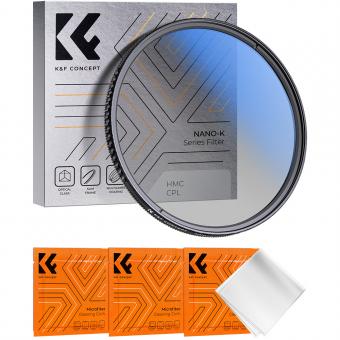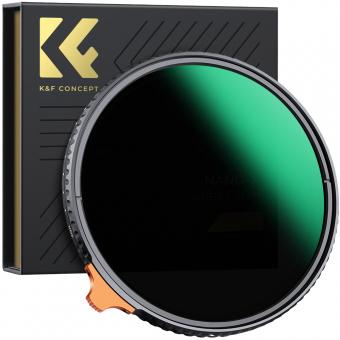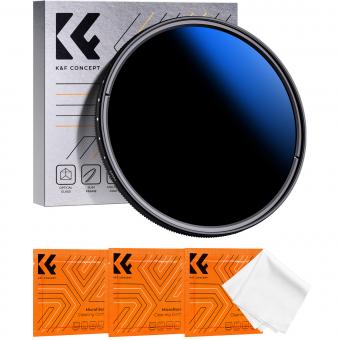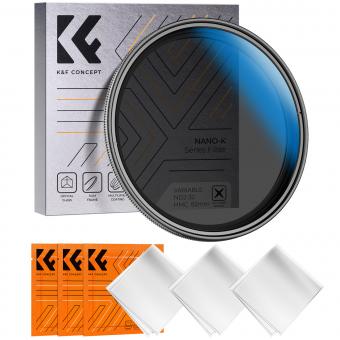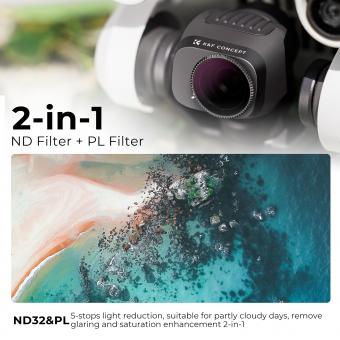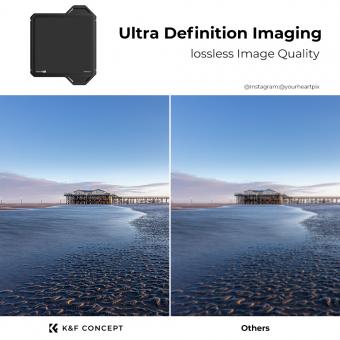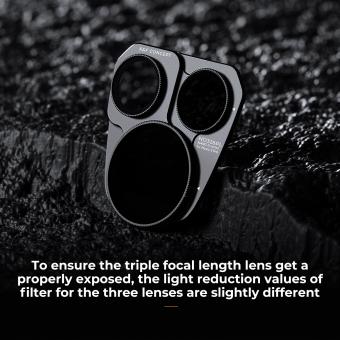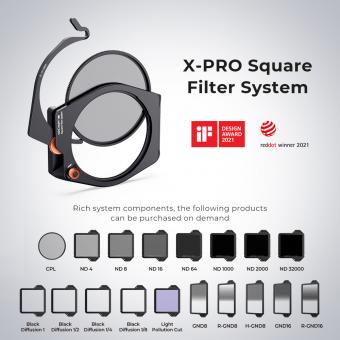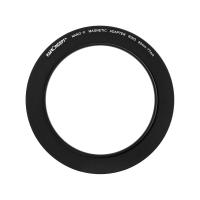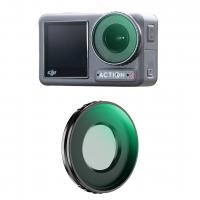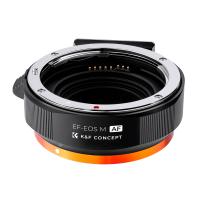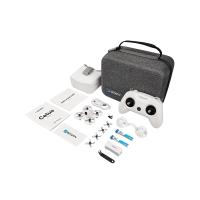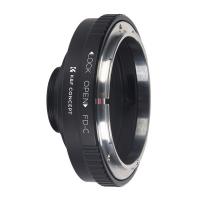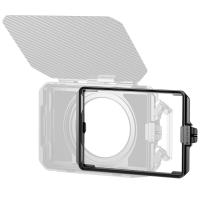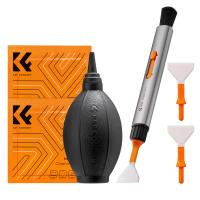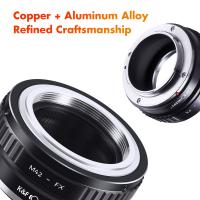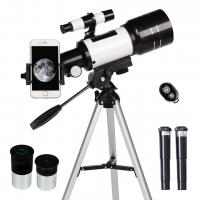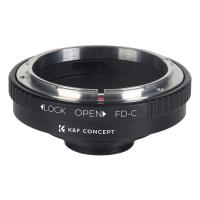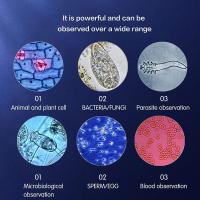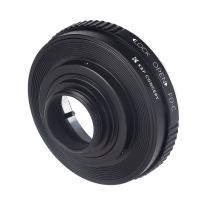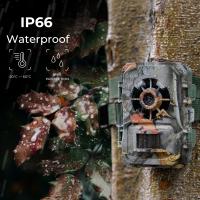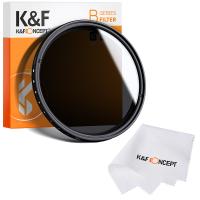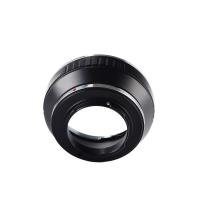How Many Stops Is Nd1000 ?
ND1000 is a type of neutral density filter that reduces the amount of light entering the camera lens by 10 stops. This means that it allows only 1/1000th of the original light to pass through the filter, making it ideal for long exposure photography in bright daylight conditions. The ND1000 filter is commonly used for landscape photography, waterfalls, and other outdoor scenes where a slow shutter speed is required to capture motion blur or create a dreamy effect.
1、 Neutral Density Filters
"How many stops is nd1000?" is a common question among photographers and videographers who use Neutral Density (ND) filters. ND filters are used to reduce the amount of light entering the camera lens, allowing for longer exposure times or wider apertures without overexposing the image. ND filters are rated by the number of stops they reduce the light by, with higher numbers indicating greater light reduction.
ND1000 filters are among the most popular ND filters used by photographers and videographers. As the name suggests, an ND1000 filter reduces the light entering the lens by 10 stops. This means that if you were shooting at a shutter speed of 1/1000th of a second without the filter, you would need to use a shutter speed of 1 second with the filter to achieve the same exposure.
ND1000 filters are commonly used for long exposure photography, such as capturing the movement of water or clouds, or for shooting in bright daylight conditions with a wide aperture. They are also useful for video production, allowing for a shallow depth of field in bright conditions or for creating motion blur effects.
It's worth noting that the number of stops reduced by an ND filter is not always an exact science. Different manufacturers may rate their filters slightly differently, and the actual light reduction may vary depending on the specific conditions and camera settings used. However, ND1000 filters are generally considered to reduce the light by around 10 stops, making them a valuable tool for many photographers and videographers.
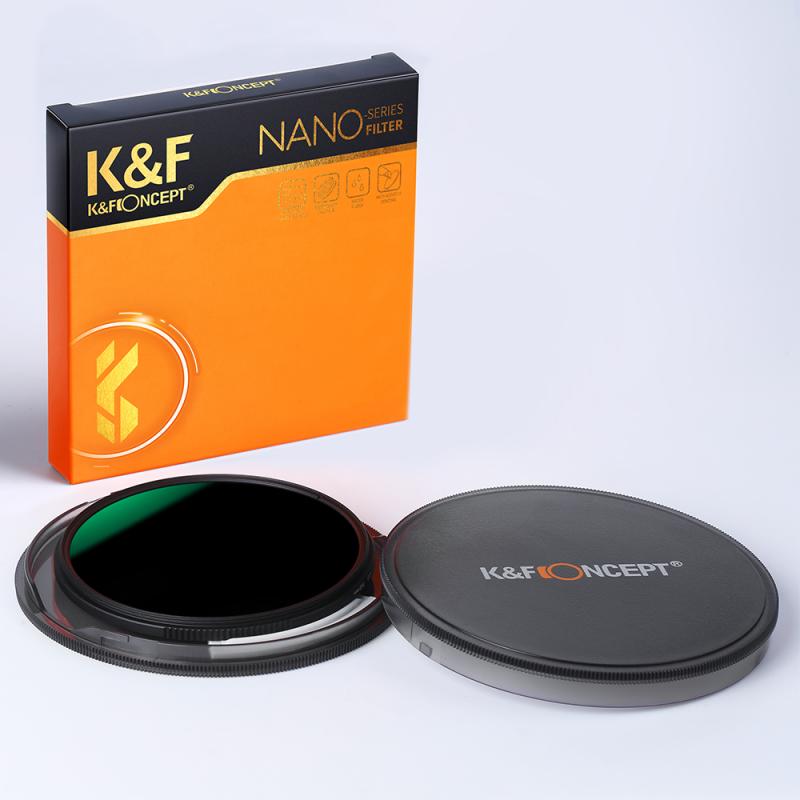
2、 ND Filter Stops
"ND1000" refers to a type of neutral density (ND) filter that reduces the amount of light entering the camera by 10 stops. This means that it allows only 1/1000th of the light to pass through the lens, making it ideal for long exposure photography in bright daylight conditions.
ND filters are commonly used in landscape photography to create a sense of motion in waterfalls, rivers, and clouds. They are also useful in portrait photography to achieve a shallow depth of field in bright sunlight.
It is important to note that the number of stops a filter reduces the light by is not always indicated by its name. For example, an ND8 filter reduces the light by 3 stops, while an ND64 filter reduces it by 6 stops. Therefore, it is essential to understand the different types of ND filters and their corresponding stops to choose the right one for your photography needs.
In recent years, there has been a growing trend towards using higher density ND filters, such as ND1000 and even ND4000, which reduce the light by 13 and 15 stops, respectively. These filters allow for even longer exposures and more creative possibilities in bright daylight conditions. However, it is important to use them with caution and ensure that the exposure time is not too long, as it can result in overexposed images.
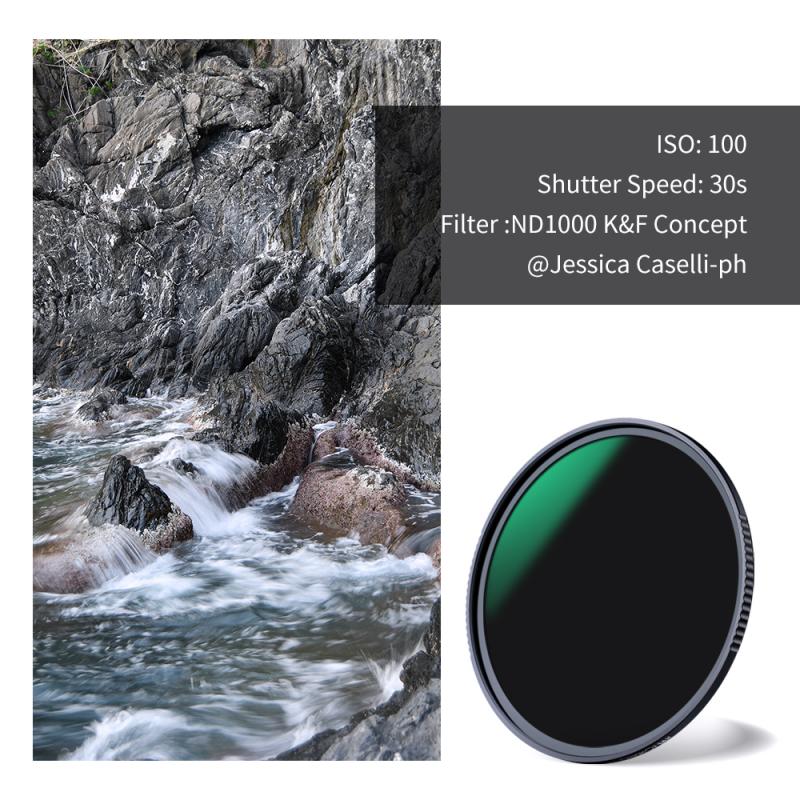
3、 ND Filter Strengths
How many stops is nd1000? ND1000 is a type of ND filter that reduces the amount of light entering the camera by 10 stops. This means that it allows only 1/1000th of the light to pass through the lens, making it ideal for long exposure photography in bright daylight conditions. ND filters are essential tools for photographers who want to achieve creative effects such as motion blur, shallow depth of field, and smooth water or cloud movements.
ND filters come in different strengths, ranging from ND2 (1 stop) to ND1000 (10 stops) and even higher. The strength of the filter determines how much light is blocked, and therefore how long the exposure time needs to be. For example, if you are shooting a landscape scene with a bright sky and want to blur the clouds, you might use an ND1000 filter and set your exposure time to several seconds or even minutes.
ND filters are available in different types, including screw-on filters that attach directly to the lens, and square or rectangular filters that require a filter holder. Some filters are also coated to reduce reflections and improve image quality.
In recent years, there has been a trend towards using higher strength ND filters, such as ND2000 or ND4000, which block even more light and allow for even longer exposures. However, it's important to note that using very strong ND filters can also introduce color casts or other image quality issues, so it's important to choose a high-quality filter and use it carefully.

4、 ND Filter Uses
How many stops is nd1000? ND1000 is a type of ND filter that reduces the amount of light entering the camera by 10 stops. This means that it allows you to use slower shutter speeds or wider apertures in bright conditions, without overexposing your image. ND filters are commonly used in landscape photography to create long exposure effects, such as smoothing out water or clouds, or to capture motion blur in moving subjects.
ND filters are also useful in video production, where they can be used to maintain a consistent exposure when shooting in changing lighting conditions. They can also be used to achieve a shallow depth of field in bright sunlight, which is otherwise difficult to achieve without overexposing the image.
In recent years, ND filters have become increasingly popular among drone photographers and videographers, who use them to create cinematic footage with smooth, flowing movements. ND filters are also commonly used in astrophotography, where they can be used to capture long exposures of the night sky without overexposing the image.
Overall, ND filters are a versatile tool for photographers and videographers, and nd1000 is a popular choice for those looking to achieve long exposure effects or maintain a consistent exposure in bright conditions.



